References. 1. Clive Oxenden and Cristina Latham-Koeing
Main literature: 1. Clive Oxenden and Cristina Latham-Koeing. «New English File” Intermediate. Student’s book. Oxford 2010. 2 Clive Oxenden and Cristina Latham-Koeing..«New English File” Intermediate. Workbook. Oxford 2010. 3. CD (audio tracks) 2010. Additional literature: 3. John and Liz Soars. “New Headway”. Intermediate.. Student’s book. Oxford University Press. 4. Audio cassettes of “New Headway”. Intermediate. 5 Ken Wilson, James Taylor. “Prospects”. Intermediate. Oxford 2009. 6. CD (audio, video).
Kazakh Leading Academy of Architecture and Civil Engineering Handout English as a foreign language Department of General Humanitarian Training intermediate level Academic year 2012-2013 2 credits The 4th term Practical lesson №25 Lexical theme “Wonders of the world” Grammar “Phrasal verbs” Assistant professor Mangazina Zhanel Rauliyevna
) Speaking Various lists of the Wonders of the World have been compiled from antiquity to the present day to catalogue of the world's most spectacular natural wonders and manmade structures. What do you know about ancient Seven Wonders of the World? Can you name them using these pictures?
Which of them exist? Put their names in correct place
& Reading Read the text carefully, pay attention on dates.
Stonehenge is a prehistoric monument located in the English county of Wiltshire, about 2.0 miles (3.2 km) west of Amesbury and 8 miles (13 km) north of Salisbury. One of the most famous sites in the world, Stonehenge is composed of a circular setting of large standing stones set within earthworks. It is at the centre of the most dense complex of Neolithic and Bronze Age monuments in England, including several hundred burial mounds. Archaeologists believe the iconic stone monument was constructed anywhere from 3000 BC to 2000 BC, as described in the chronology below. Radiocarbon dating in 2008 suggested that the first stones were erected in 2400–2200 BC, whilst another theory suggests that bluestones may have been erected at the site as early as 3000 BC.
The surrounding circular earth bank and ditch, which constitute the earliest phase of the monument, have been dated to about 3100 BC. The site and its surroundings were added to the UNESCO's list of World Heritage Sites in 1986 in a co-listing with Avebury Henge monument. It is a national legally protected Scheduled Ancient Monument. Stonehenge is owned by the Crown and managed by English Heritage, while the surrounding land is owned by the National Trust. Archaeological evidence found by the Stonehenge Riverside Project in 2008 indicates that Stonehenge could possibly have served as a burial ground from its earliest beginnings. The dating of cremated remains found on the site indicate that deposits contain human bone material from as early as 3000 BC, when the initial ditch and bank were first dug. Such deposits continued at Stonehenge for at least another 500 years.
Now say what are these numbers refer to: 500 years, 3000 BC, 1986, 3100
|

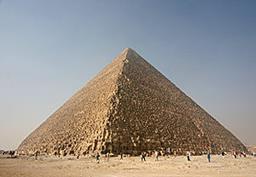
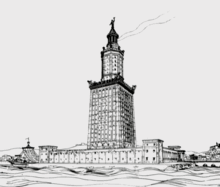


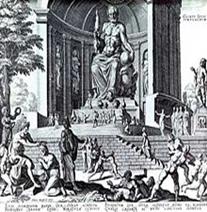
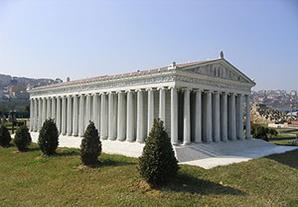
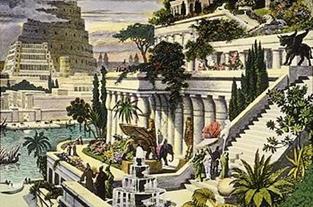
 Stonehenge
Stonehenge


